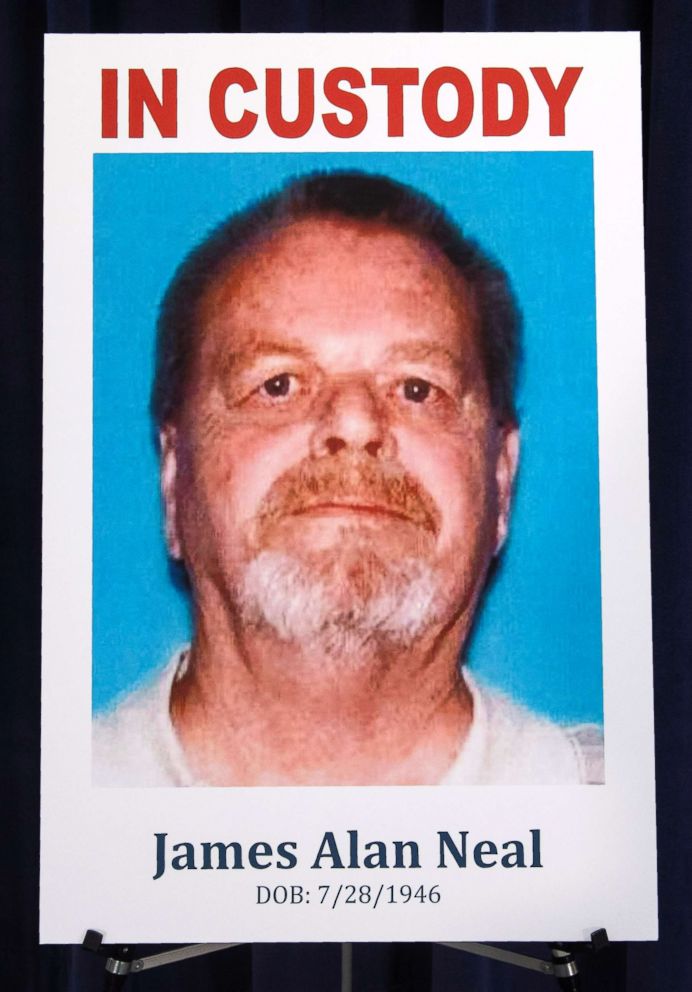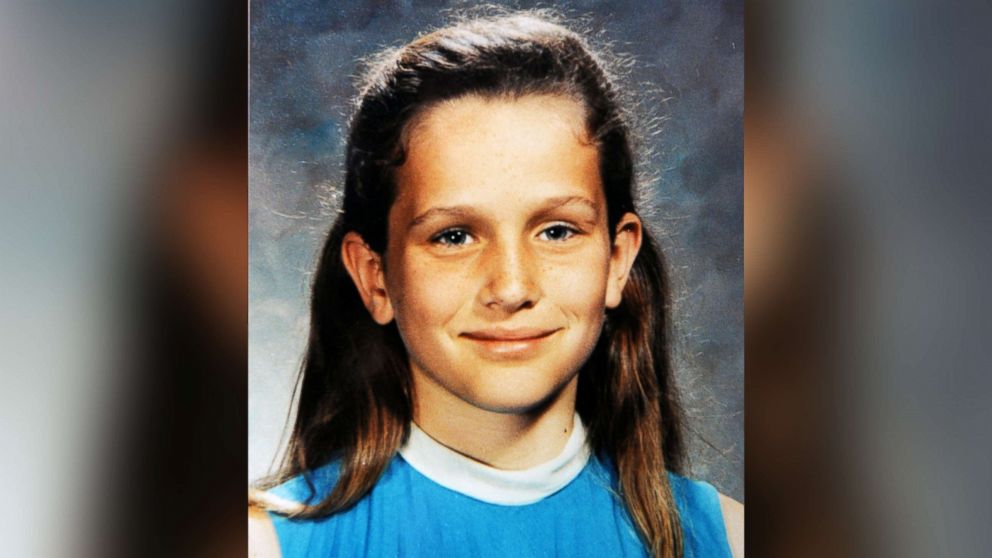DNA leads to man's arrest 46 years after murder of 11-year-old Linda O'Keefe: 'We have never forgotten Linda'
A man has been arrested through DNA and genetic genealogy in the decades-old cold case killing of 11-year-old Linda Ann O’Keefe, who was strangled to death in Southern California in 1973, authorities said.
O'Keefe was last seen alive on July 6, 1973, as she walked home from summer school, the Newport Beach Police Department said. Her body was found the next day -- but decades went by without an arrest.
O'Keefe's suspected killer, James Neal, who lived in Southern California in the 1970s, was arrested this week in Colorado where he had been living, said Orange County District Attorney Todd Spitzer, who was 12 himself at the time of the murder, at a Wednesday news conference.


Neal worked in construction at the time of the crime, officials said. He left California after the alleged killing and went to Florida where he changed his name, officials said.
DNA recovered from O'Keefe shortly after her death was put into the Combined DNA Index System -- the law enforcement database known as CODIS -- but there was no hit, Spitzer said.
Through genealogical DNA, though, investigators corroborated the DNA from O'Keefe's body and the DNA obtained from the suspect, according to Spitzer. The genealogical hit came in January, officials said.

It is not clear if Neal, 72, will waive extradition, Spitzer said.
"We have never forgotten Linda," Newport Beach Police Chief Jon Lewis said at the news conference.
O'Keefe's parents have since died, Spitzer said, but her sisters have been notified about the arrest.

The novel investigative technique of genetic genealogy takes an unknown killer's DNA from a crime scene and identifies the suspect through his or her family members, who voluntarily submit their DNA to genealogy databases. Since April 2018, genetic genealogy has helped identify more than three dozen suspects, said CeCe Moore, chief genetic genealogist with Parabon NanoLabs.
Parabon has worked on the majority of the cold cases cracked through genetic genealogy, including O'Keefe's case.
Last year, 45 years after O'Keefe's body was found, police released these sketches of her suspected killer.
Parabon used the DNA from the crime scene to predict the suspect's eye color, hair color and skin color. The sketches depict what the suspect may have looked like at 25 years old as well as an age-progressed version.
The lead bringing officials to Neal came after these sketches were released, authorities said Wednesday.
The police department last year also "live-tweeted" O'Keefe's story from her perspective, narrating the final day of her life in real-time, exactly 45 years later.
The Twitter campaign did not lead to the suspect's identification, but it did create an emphasis on the case and opened doors for the case to be pursued with renewed efforts, officials said.
According to police, O'Keefe normally rode her bike to summer school. But that day, she was dropped off.
While waiting to use the school phone, O'Keefe went outside. Her friend later told police a turquoise van stopped next to O'Keefe a few times as she walked.
O'Keefe then called her mother from the school office, and her mother told her she was busy sewing and that she should walk home, police said.
A woman later told police she saw O'Keefe standing next to a turquoise van and talking to the driver -- a white man in his mid-20s or early 30s.
But O'Keefe never came home. Her family called the police and officers then joined the search for the 4-foot-tall girl with long brown hair and blue eyes.
That night, a woman who lives in the bluffs above Back Bay heard a voice scream, "Stop, you’re hurting me," police said.
The next day, a man visiting that area found O'Keefe's strangled body, police said.
ABC News' Kayna Whitworth contributed to this report.




